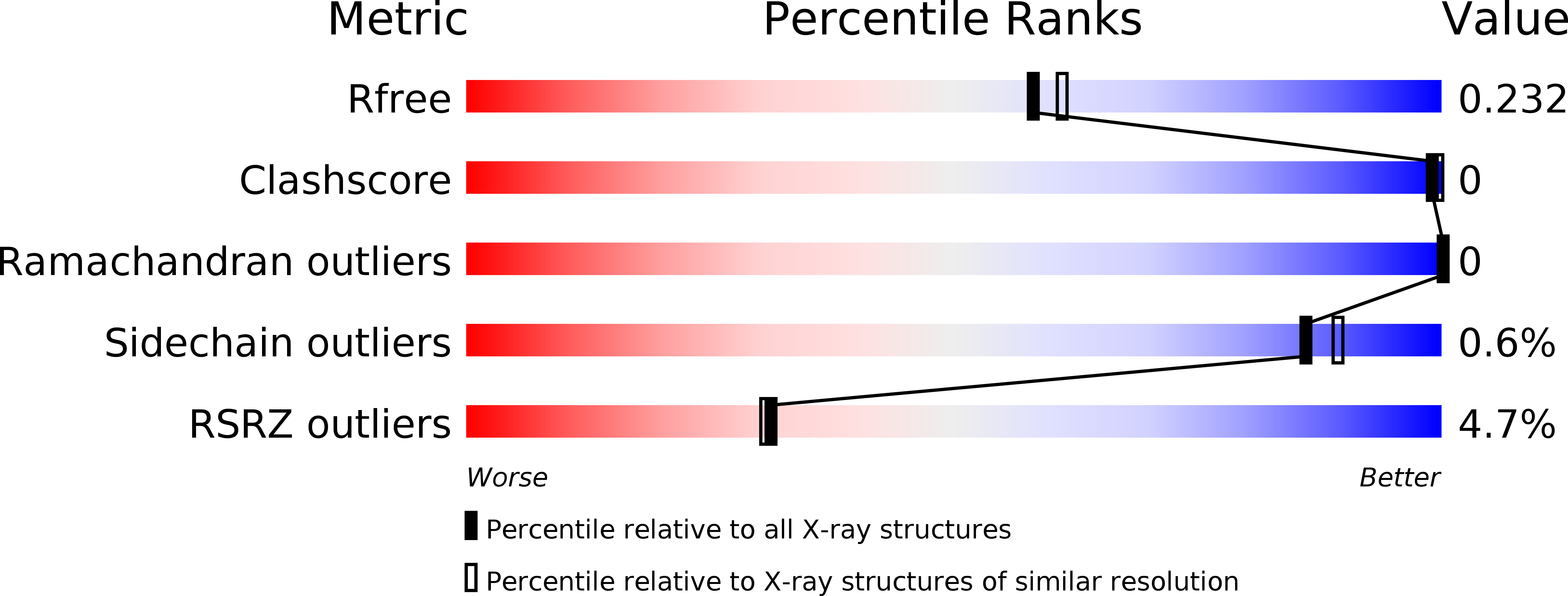
Deposition Date
2016-08-15
Release Date
2017-02-01
Last Version Date
2024-10-23
Entry Detail
Biological Source:
Source Organism:
Pseudomonas syringae pv. aptata (Taxon ID: 83167)
Host Organism:
Method Details:
Experimental Method:
Resolution:
2.01 Å
R-Value Free:
0.23
R-Value Work:
0.19
R-Value Observed:
0.20
Space Group:
P 31 2 1


